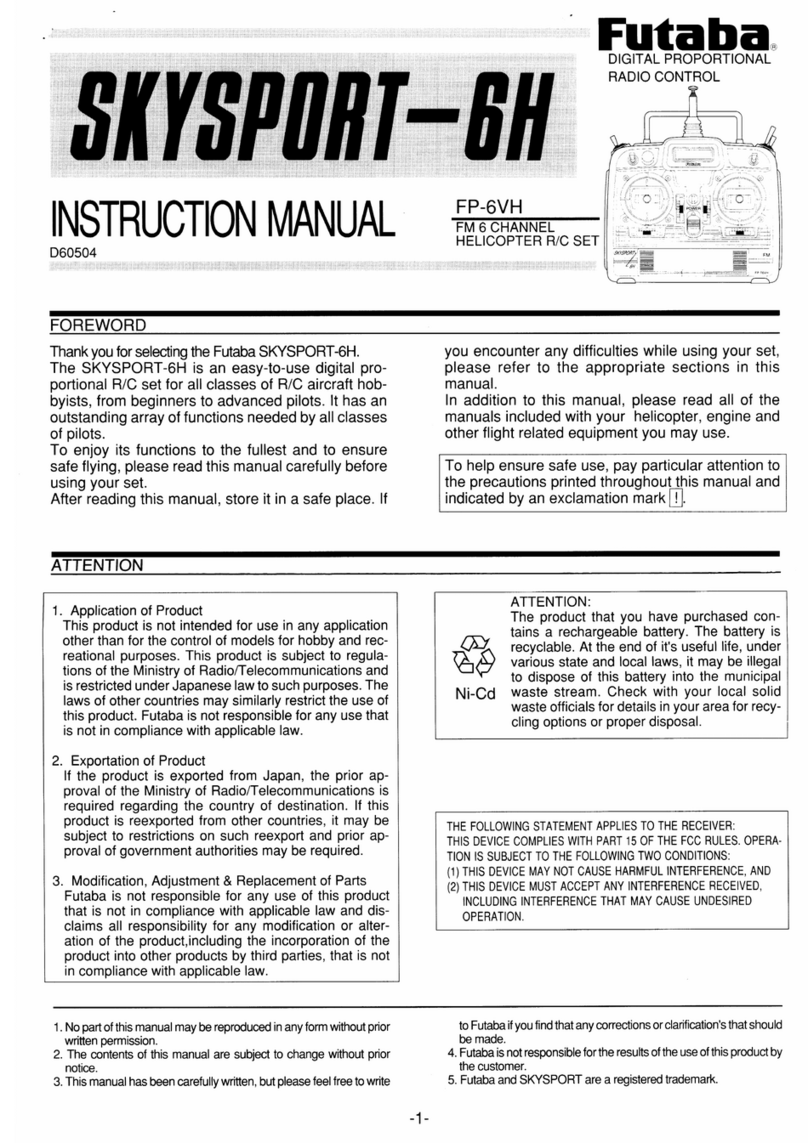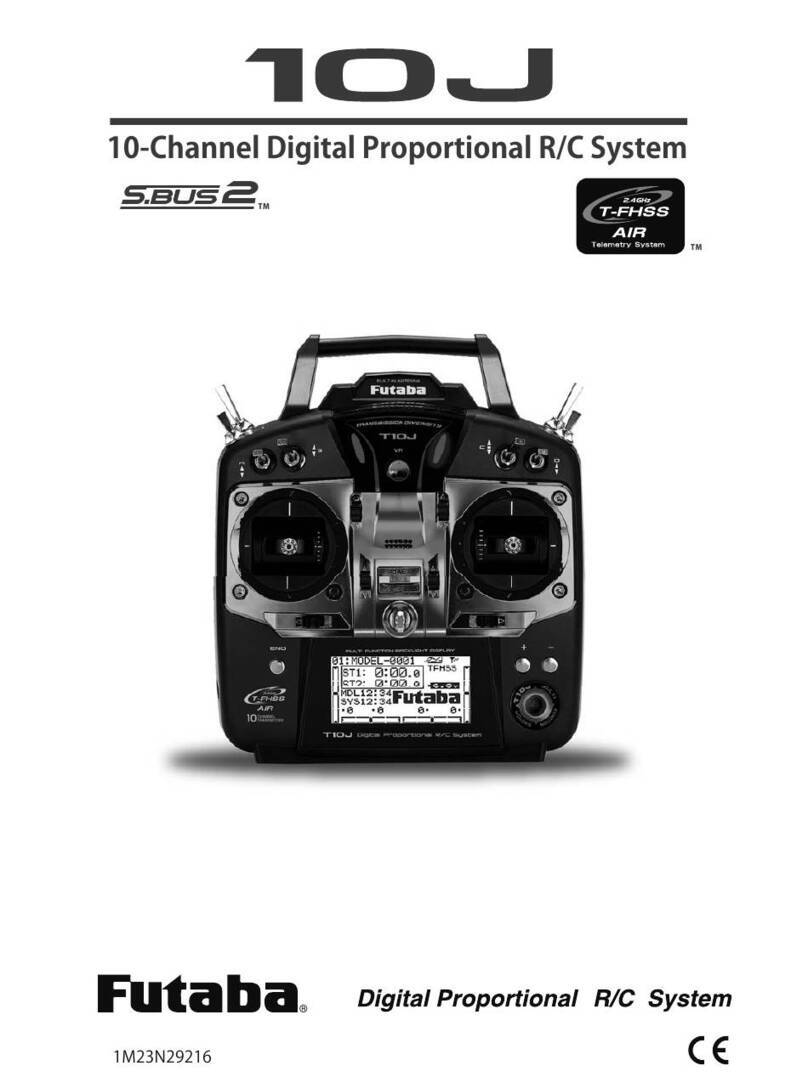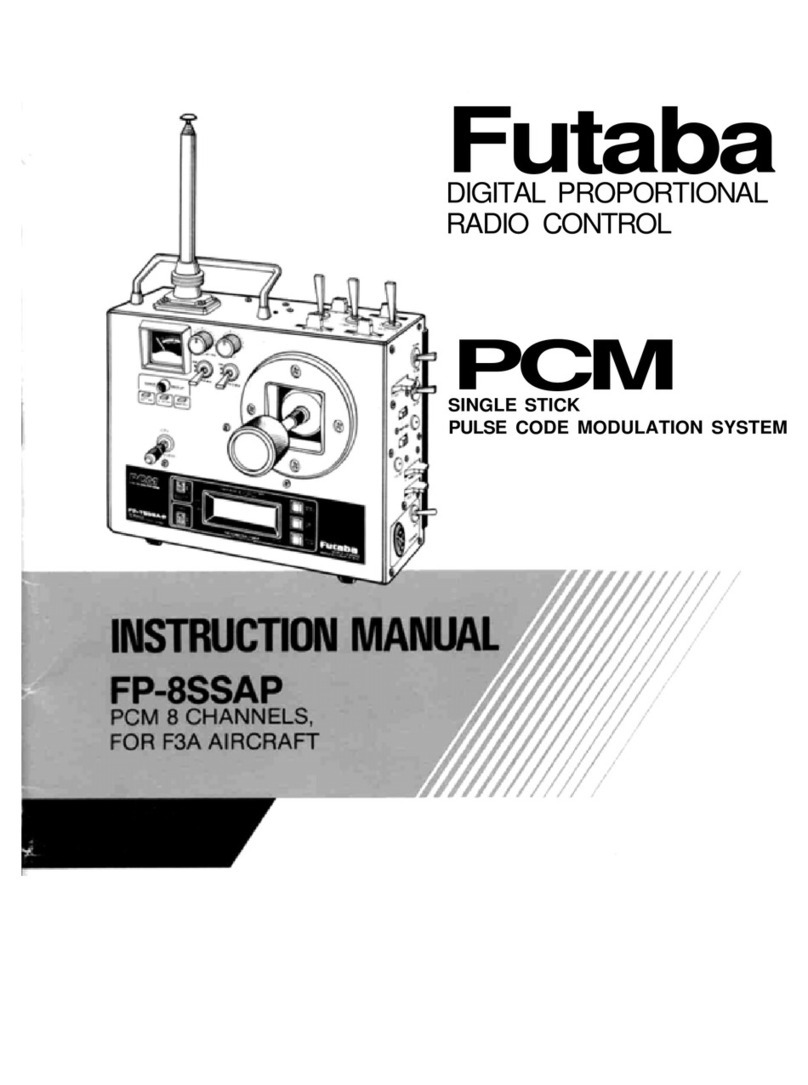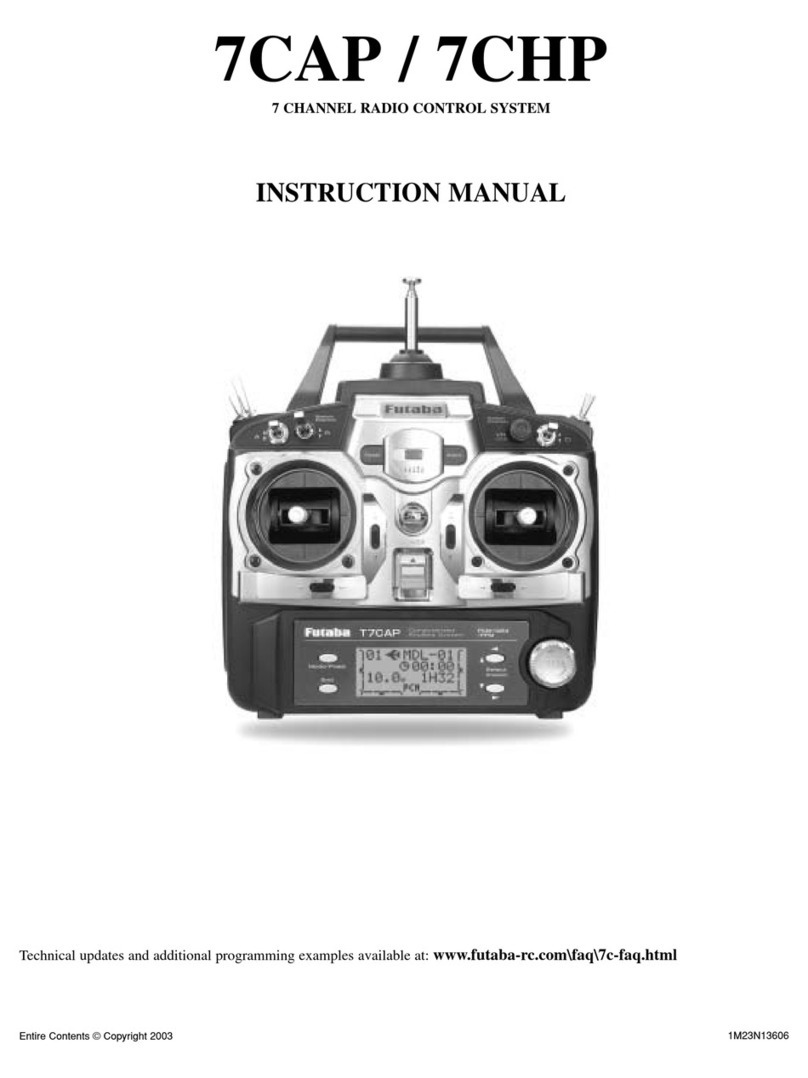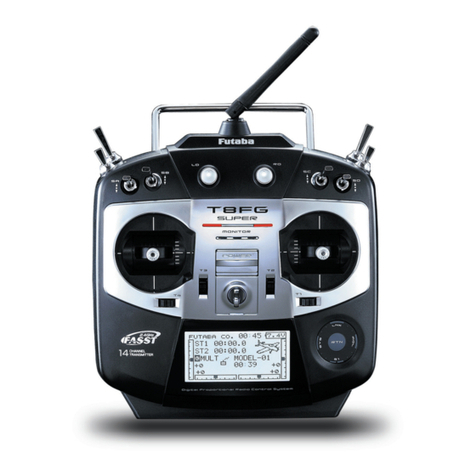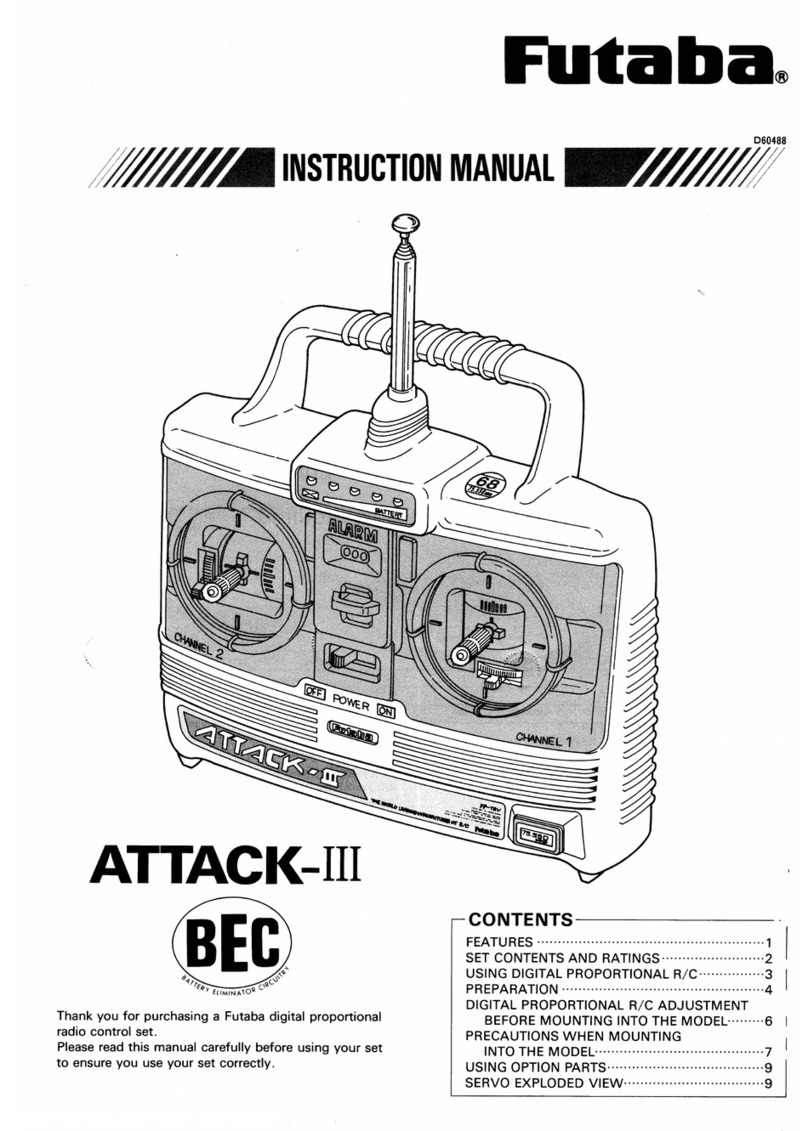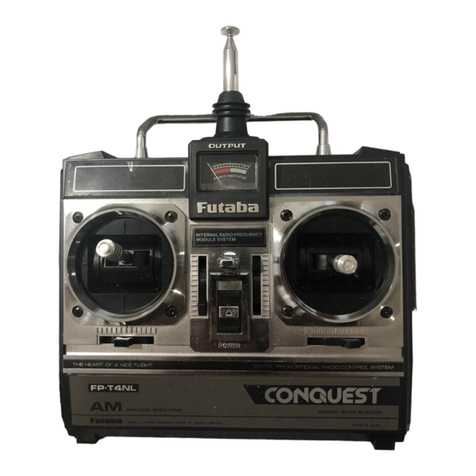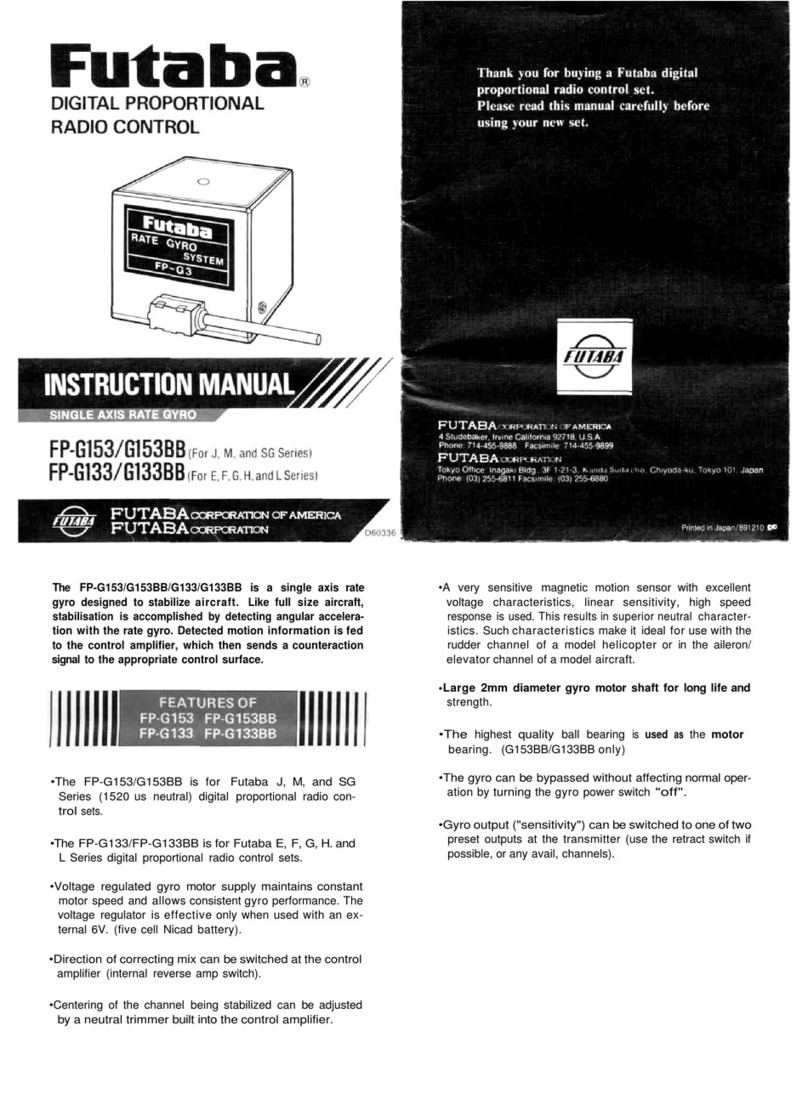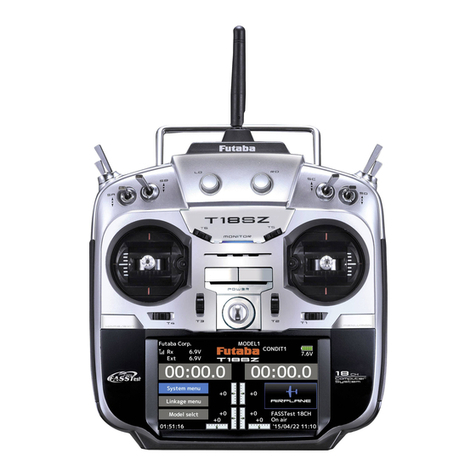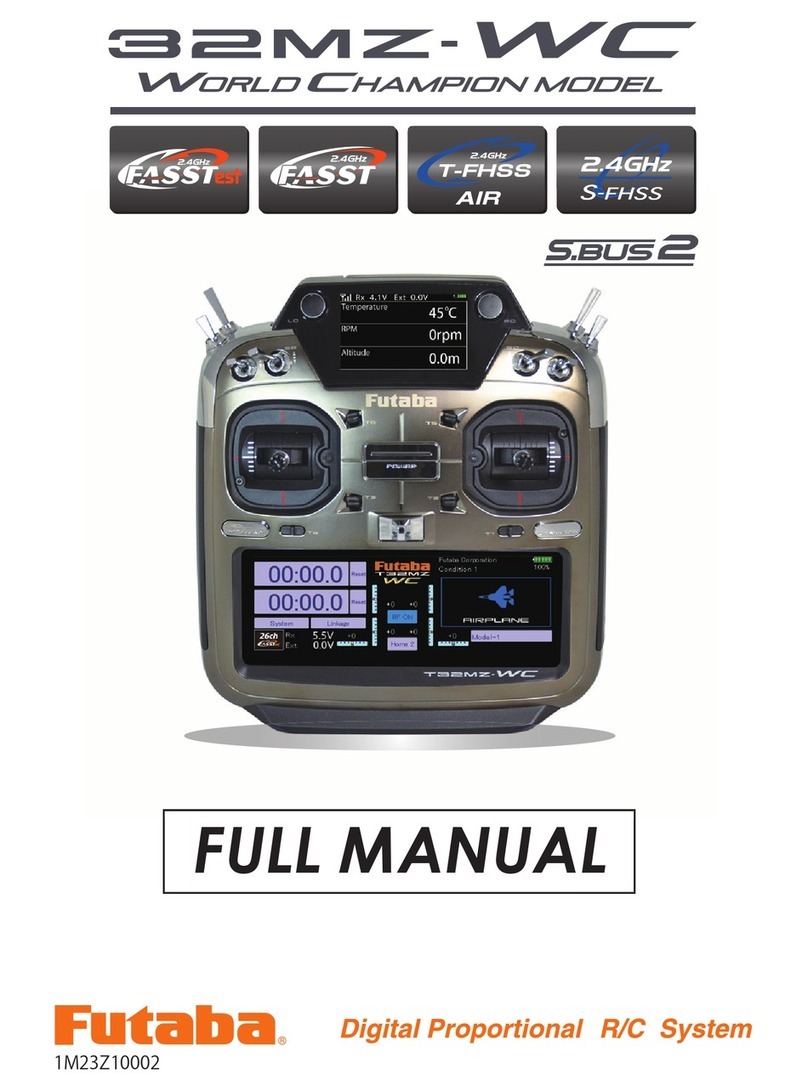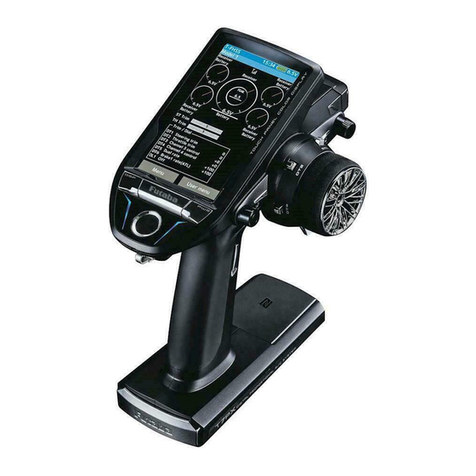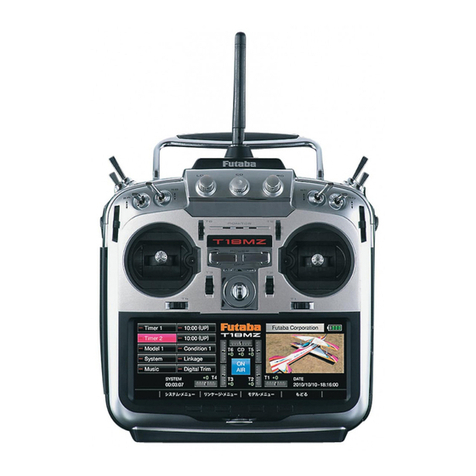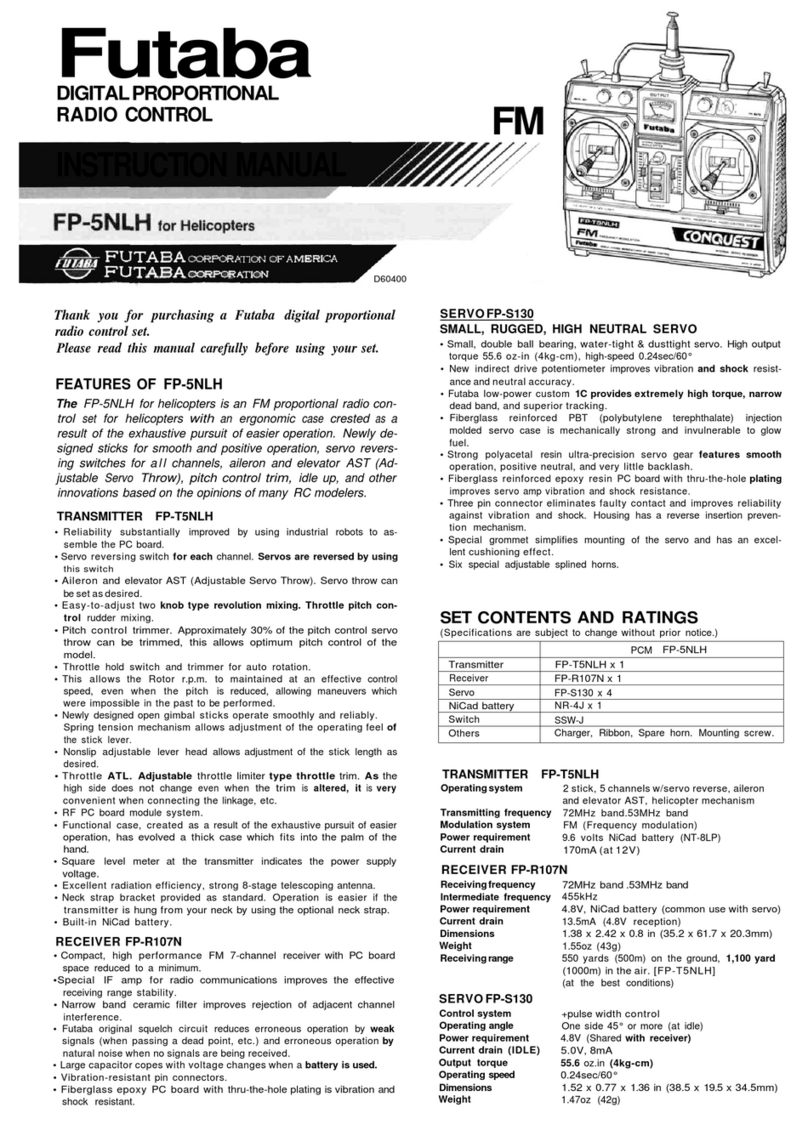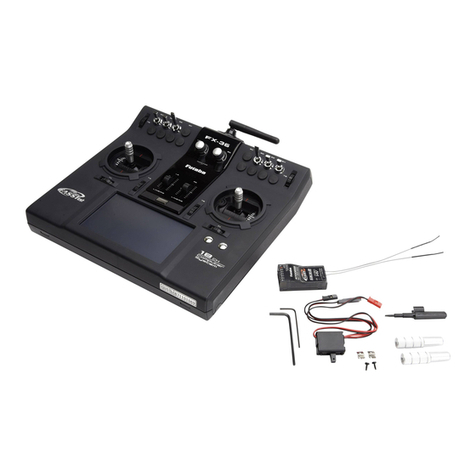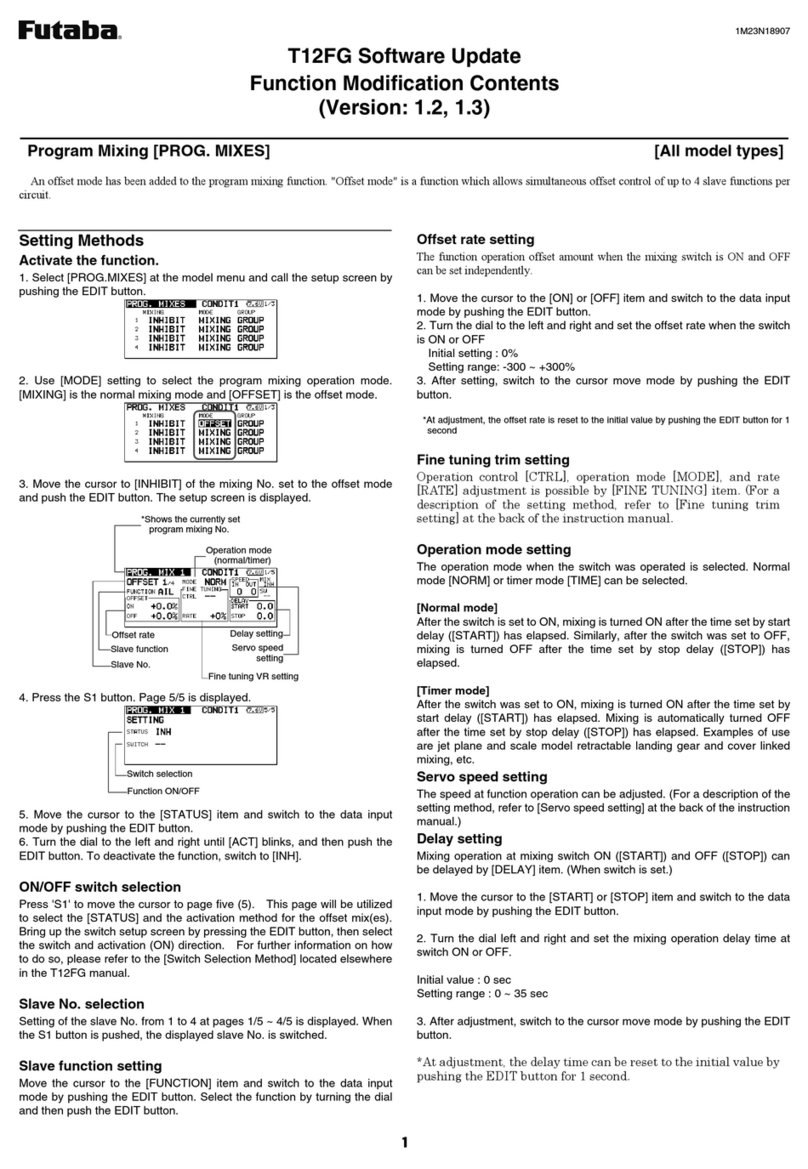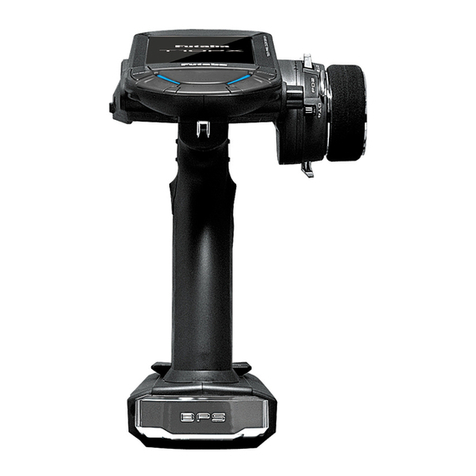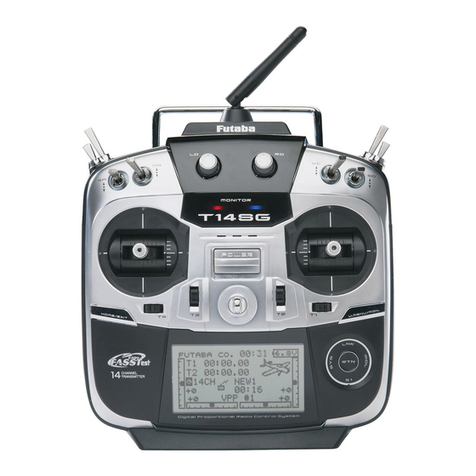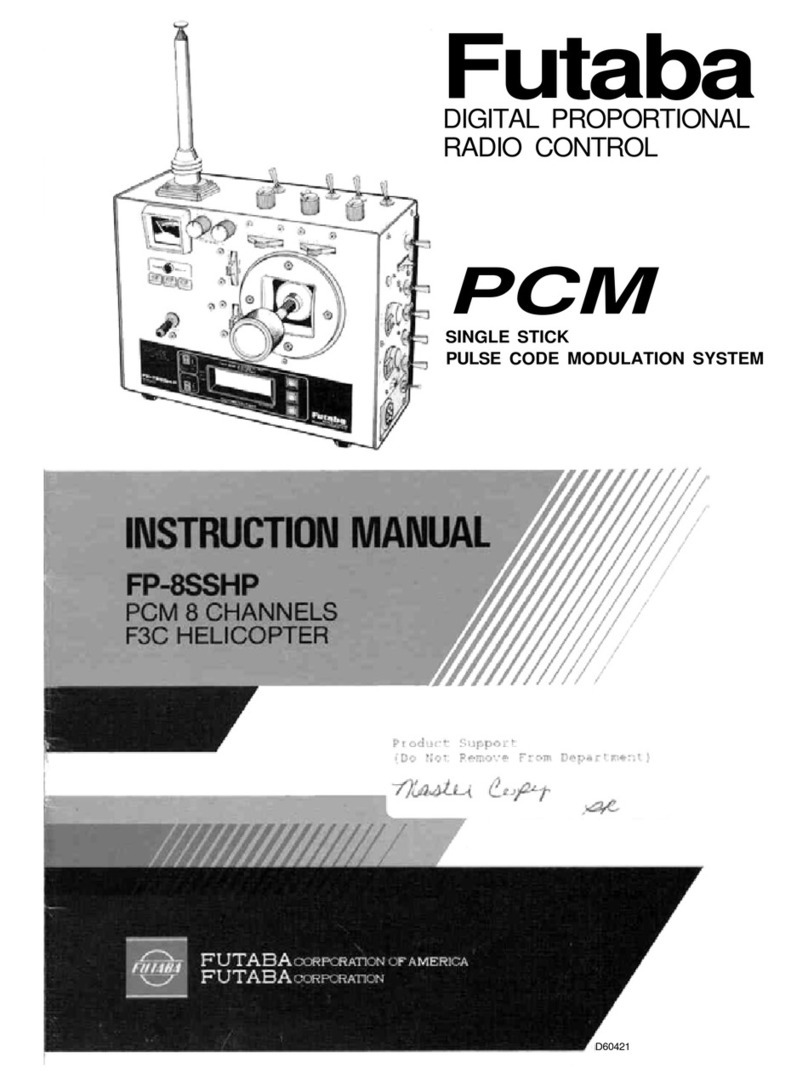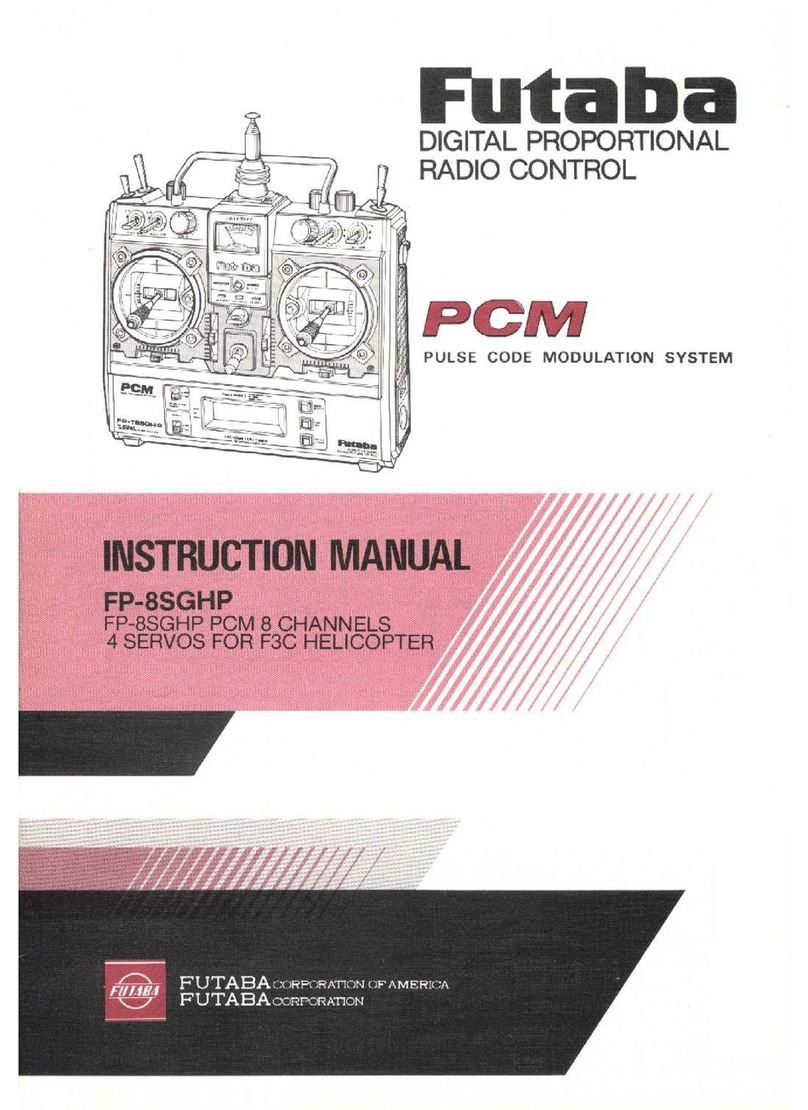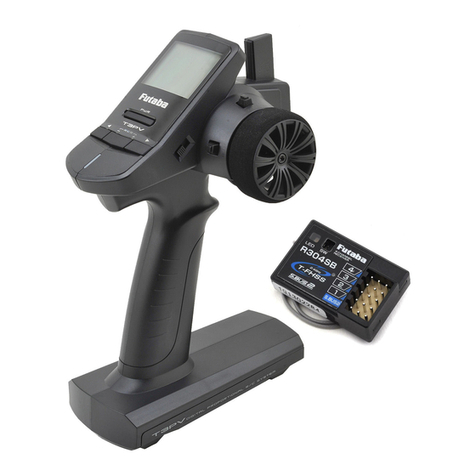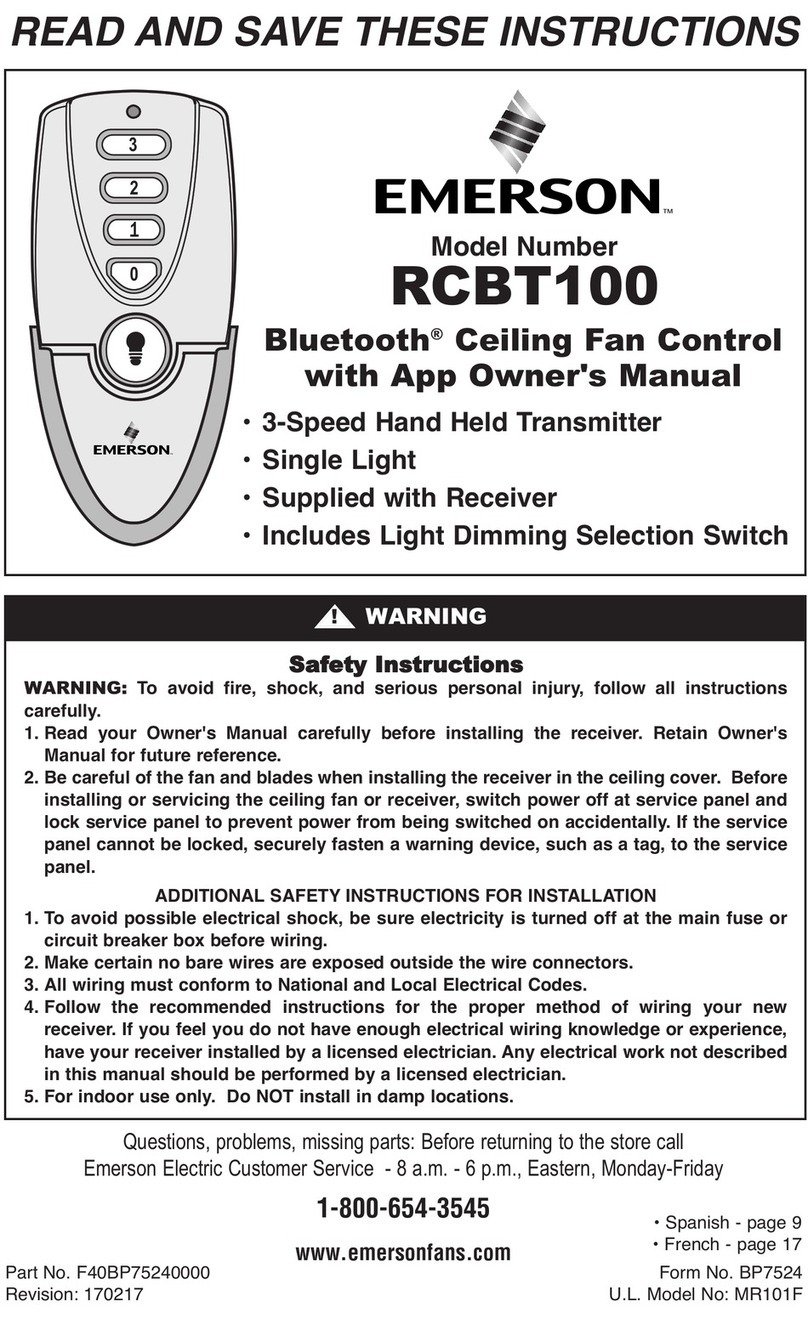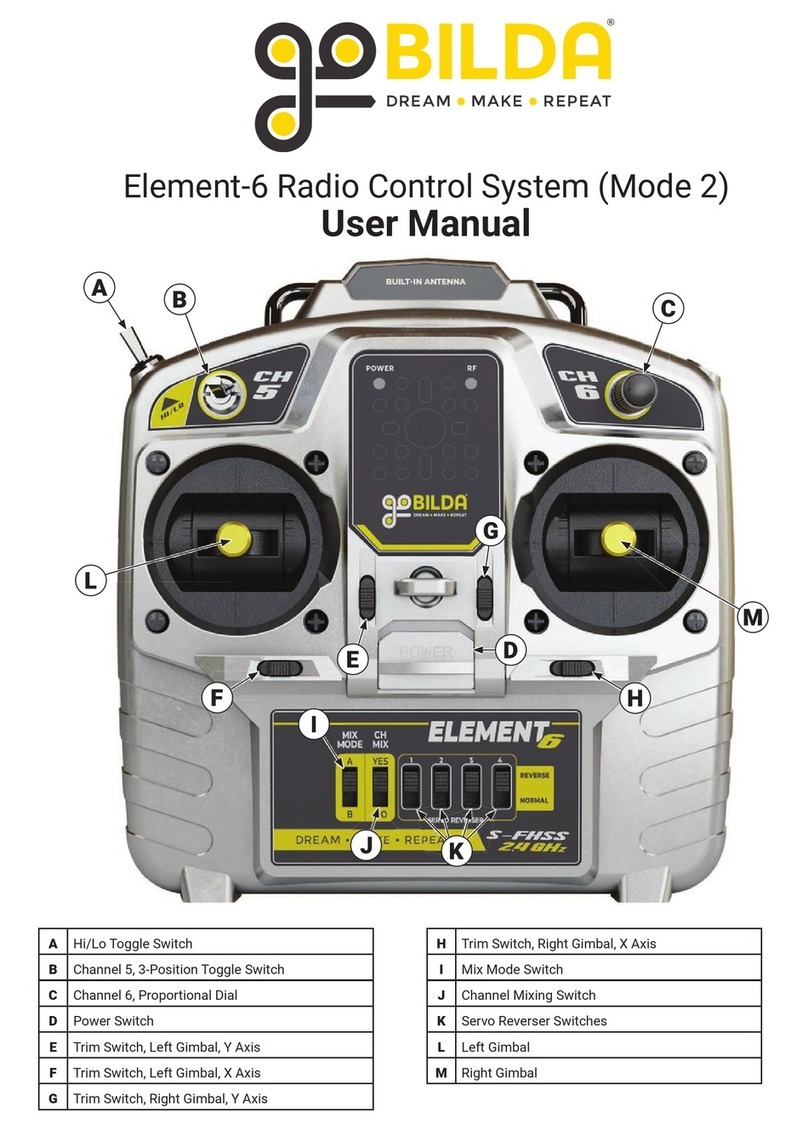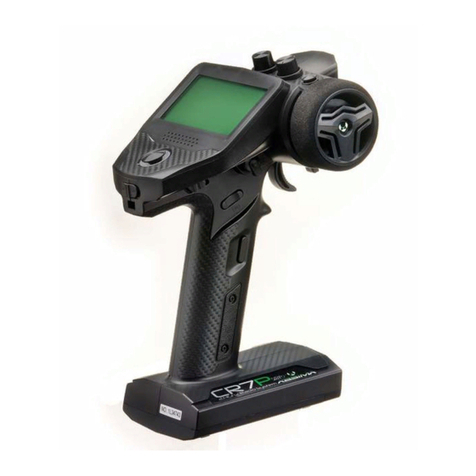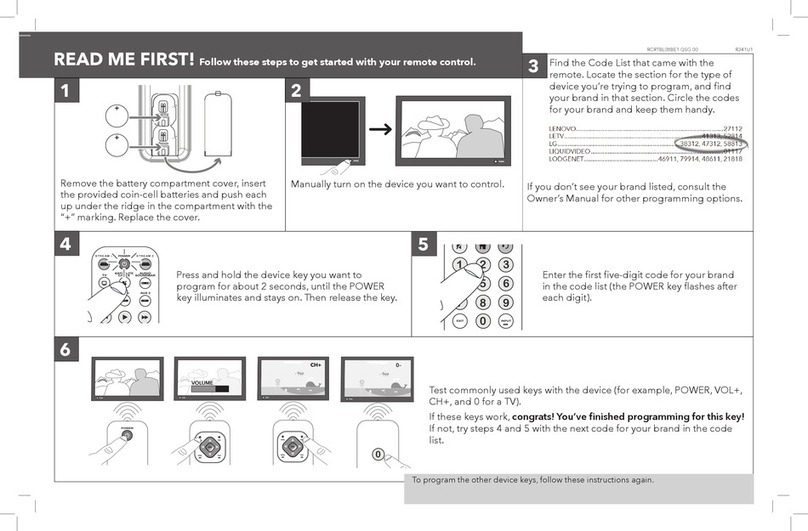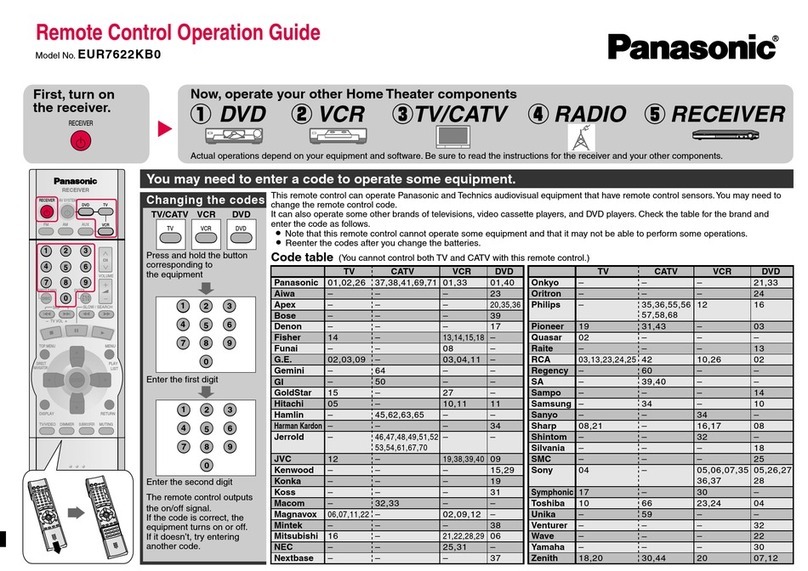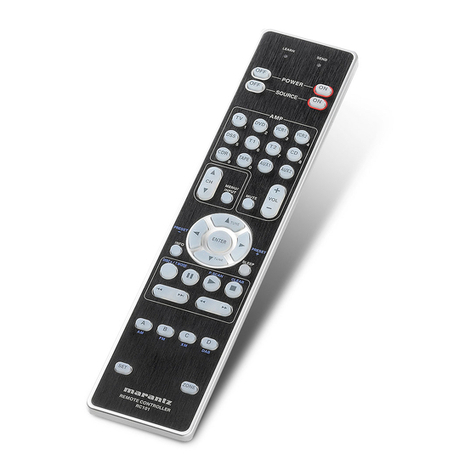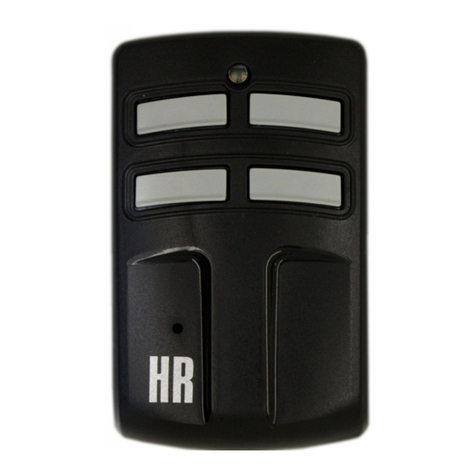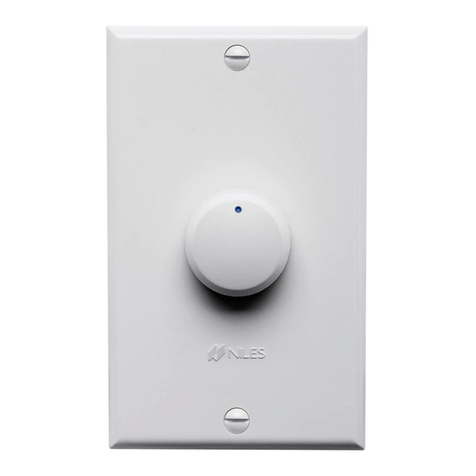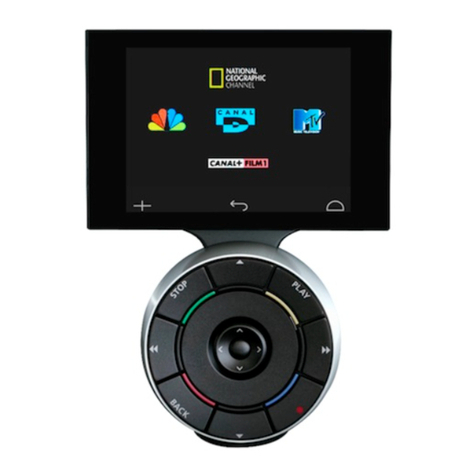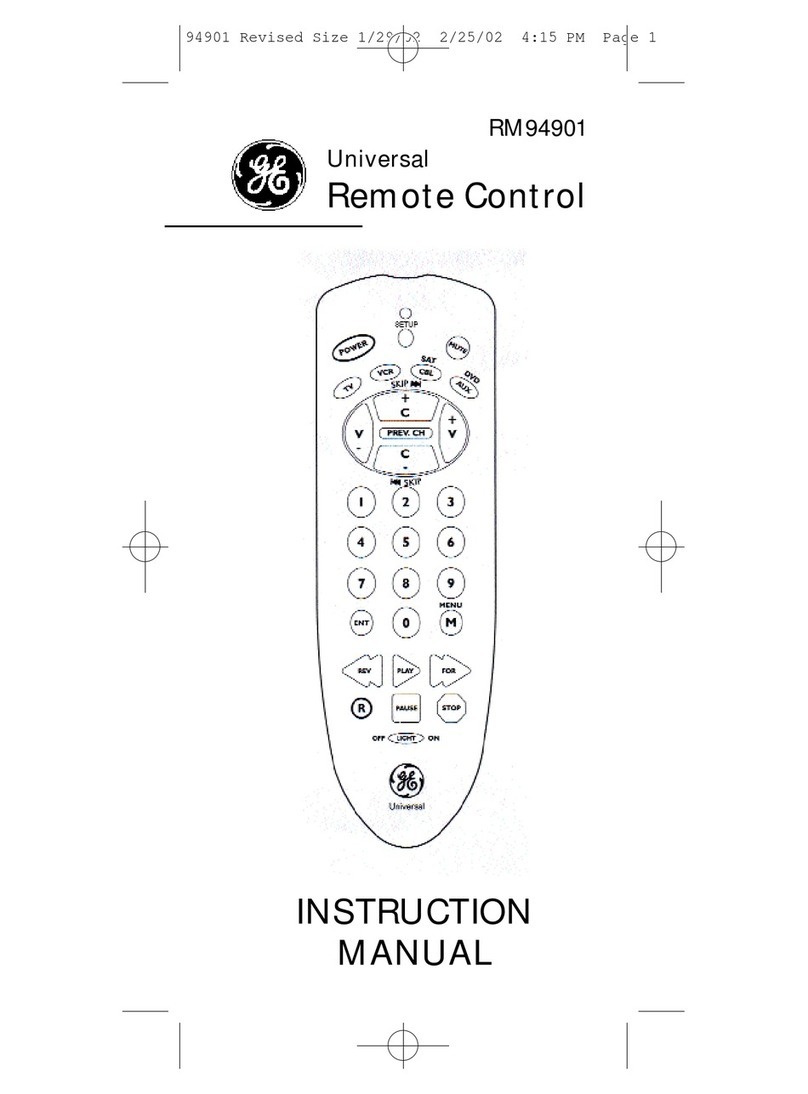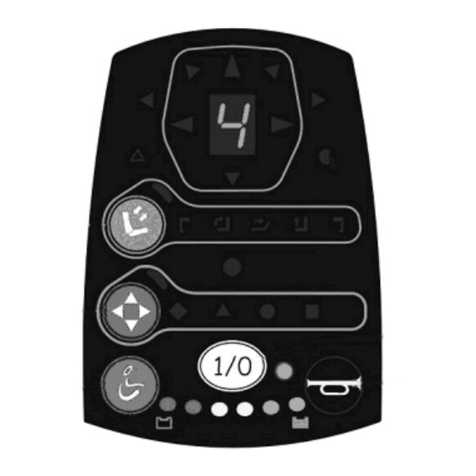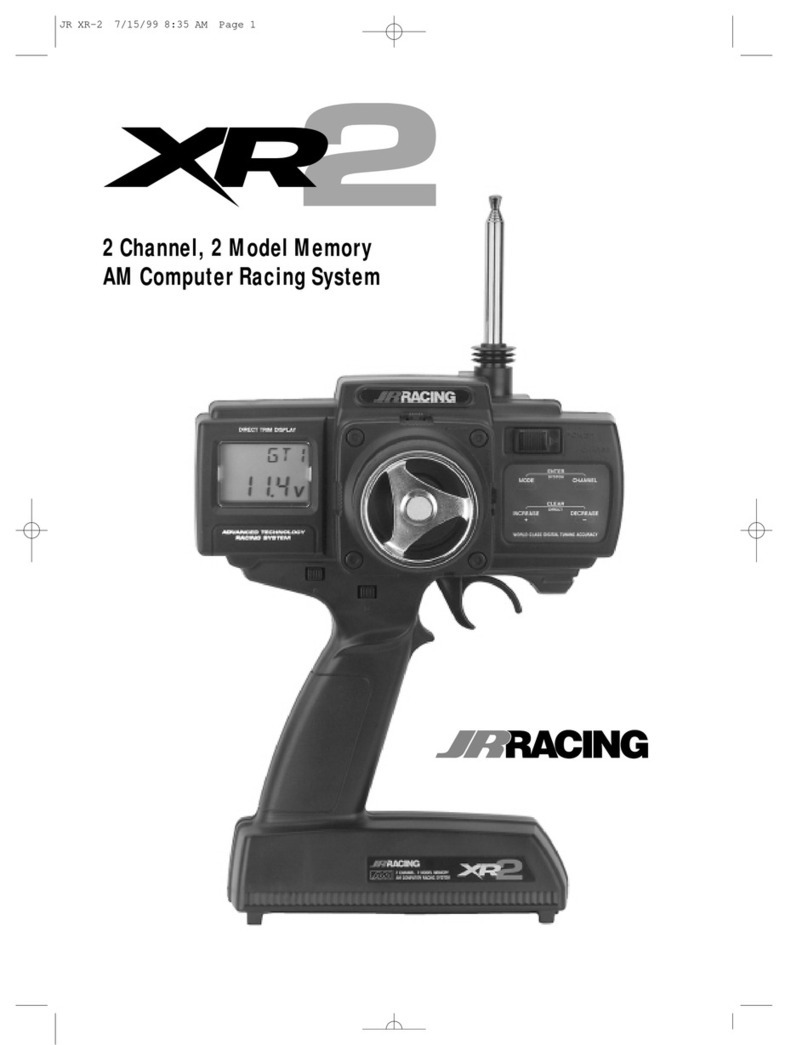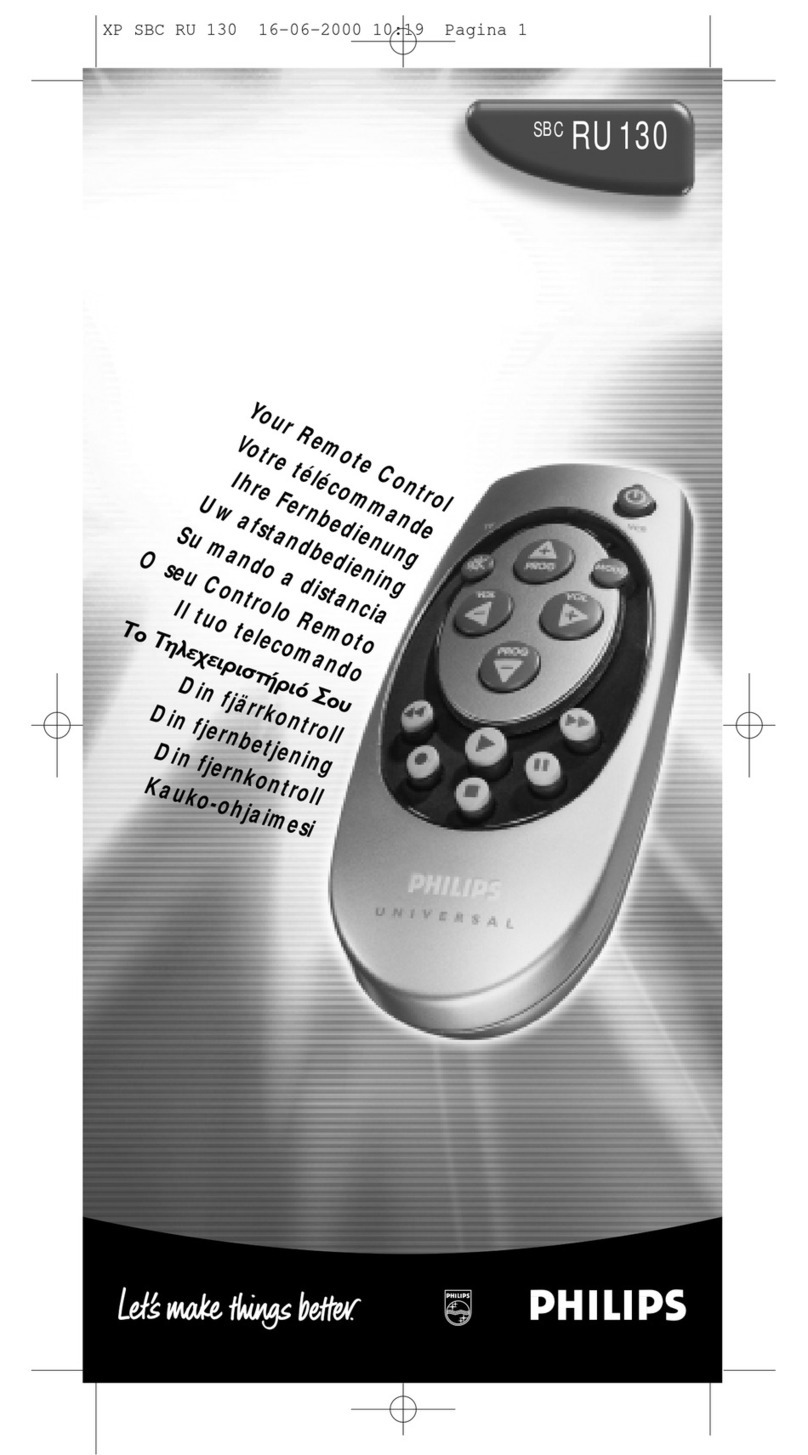Charge the battery with the dedicated charger
supplied with the set.
■ Charging the battery past the specified value may
cause a re, combustion, rupture, or liquid leakage. When
quick charging, do not charge the battery above 1C.
■ Do not charge the battery while riding in a vehicle.
Vibration will prevent normal charging.
When using the LiFe battery, do not connect
the charger to the balance charge connector and
the power connector at the same time.
■ Doing so could cause a re, combustion, generation of
heat, rupture, or liquid leakage.
Insert the power cord plug firmly into the
receptacle up to its base.
Always use the charger with the specified
power supply voltage.
■ Use the special charger by connecting it to a proper
power outlet.
If the battery liquid should get in your eyes,
do not rub your eyes, but immediately wash
them with tap water or other clean water and get
treated by a doctor.
■ The liquid can cause blindness.
Do not touch the charger and battery for any
length of time during charging.
■ Doing so may result burns.
Do not use a charger or battery that has been
damaged.
Do not touch any of the internal components
of the charger.
■ Doing so may cause electric shock or a burn.
If any abnormalities such as smoke or
discoloration are noted with either the charger
or the battery, remove the battery from the
transmitter or charger and disconnect the power
cord plug and do not use the charger.
■ Continued use may cause fire, combustion,
generation of heat, or rupture.
Do not subject the battery to impact.
■ Doing so may cause fire, combustion, generation of
heat, rupture, or liquid leakage.
WARNING
Use and store the battery and battery charger
in a secure location away from children.
■ Doing so may cause electric shock or injury.
If the battery leaks liquid or generates an
abnormal odor, immediately move it to a safe
place for disposal.
■ Not doing so may cause combustion.
If the battery liquid gets on your skin or
clothing, immediately flush the area with tap
water or other clean water.
■ Consult a doctor. The liquid can cause skin damage.
After the specied charging time has elapsed,
end charging and disconnect the charger from
the receptacle.
When recycling or disposing of the battery,
isolate the terminals by covering them with
insulating tape.
■ Short circuit of the terminals may cause combustion,
generation of heat or rupture.
CAUTION
Do not use the battery with devices other than
the corresponding transmitter.
Do not place heavy objects on top of the
battery or charger. Also, do not place the battery
or charger in any location where it fall.
■ Doing so may cause damage or injury.
Do not store or use the battery and charger
where it is dusty or humid.
■ Insert the power cord plug into the receptacle only
after eliminating the dust.
After the transmitter has been used for a long
time, the battery may become hot. Immediately
remove from the transmitter.
■ Not doing so may cause a burn.
Do not charge the battery in extreme
temperatures.
■ Doing so will degrade the battery performance. An
ambient temperature of 10 ℃ to 30 ℃ (50F to 86F) is
ideal for charging.
Unplug the charger when not in use.
Do not bend or pull the cord unreasonably
and do not place heavy objects on the cord.
■ The power cord may be damaged and cause
combustion, generation of heat, or electric shock.
